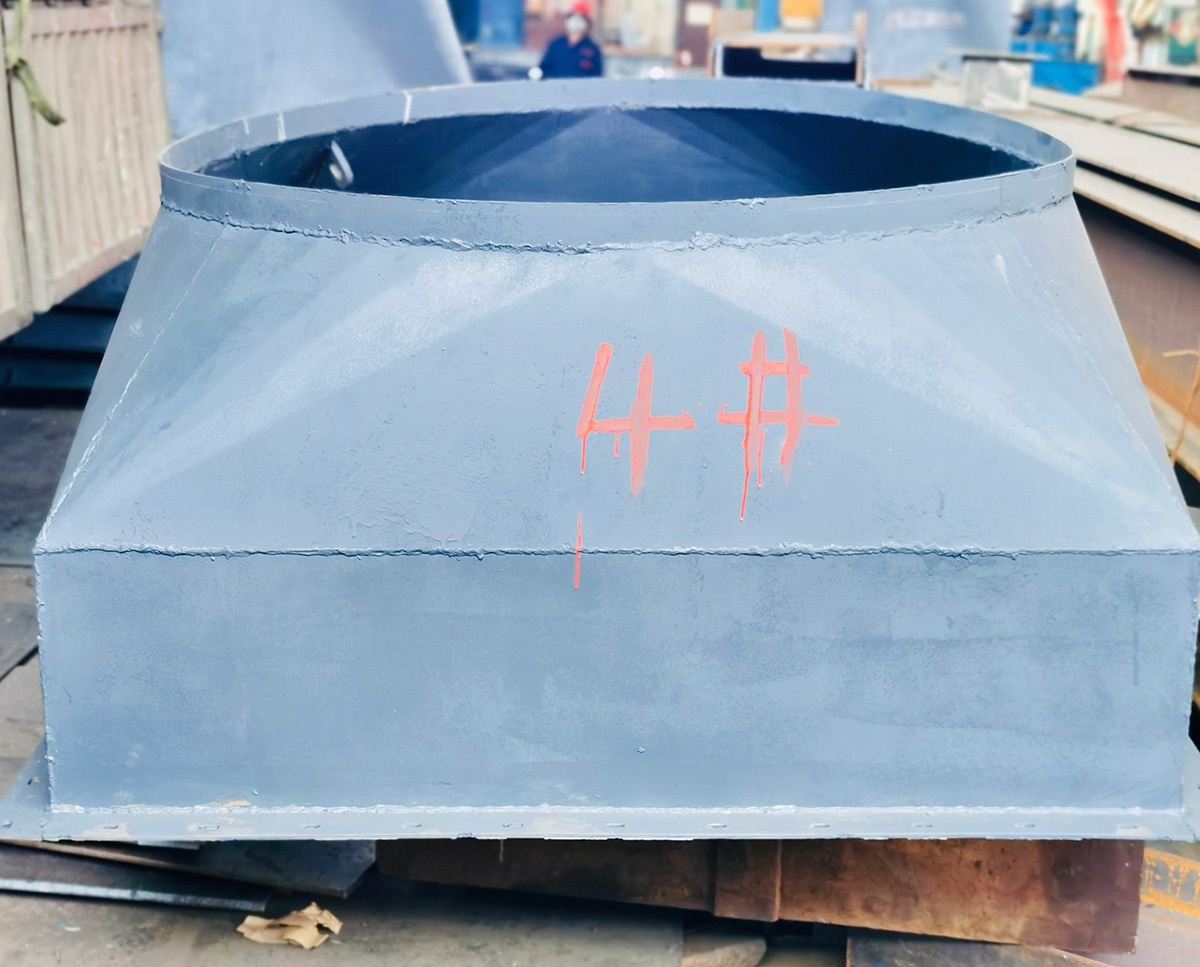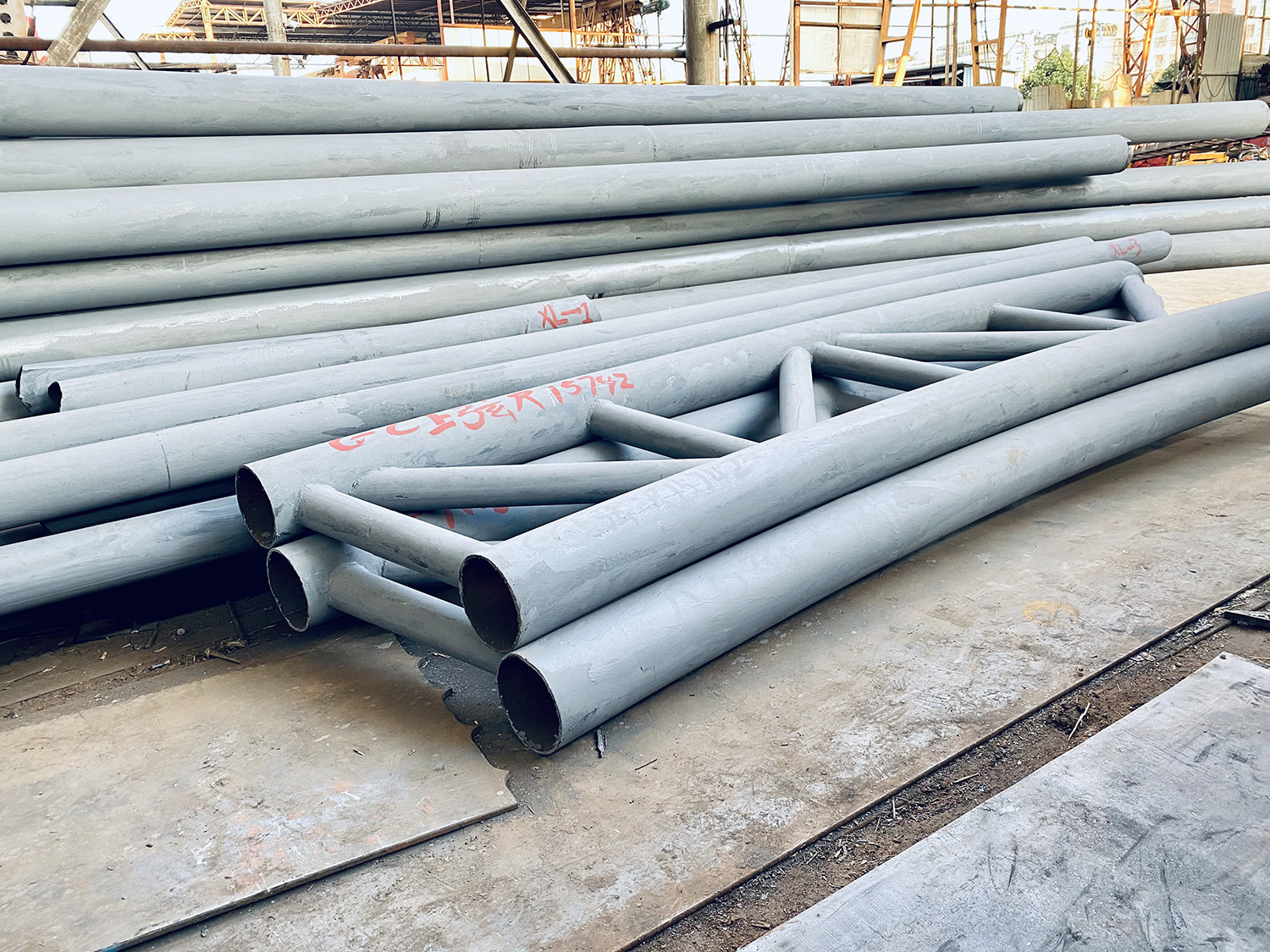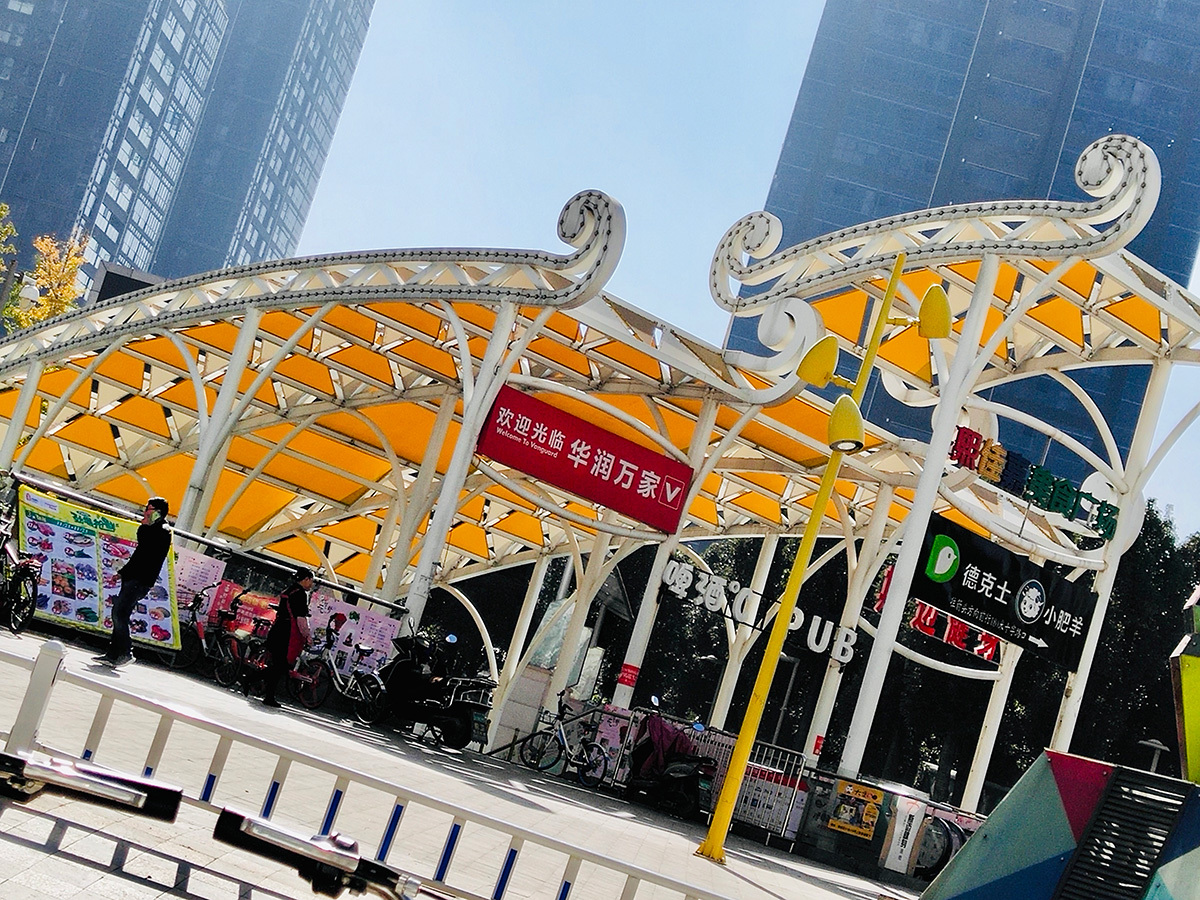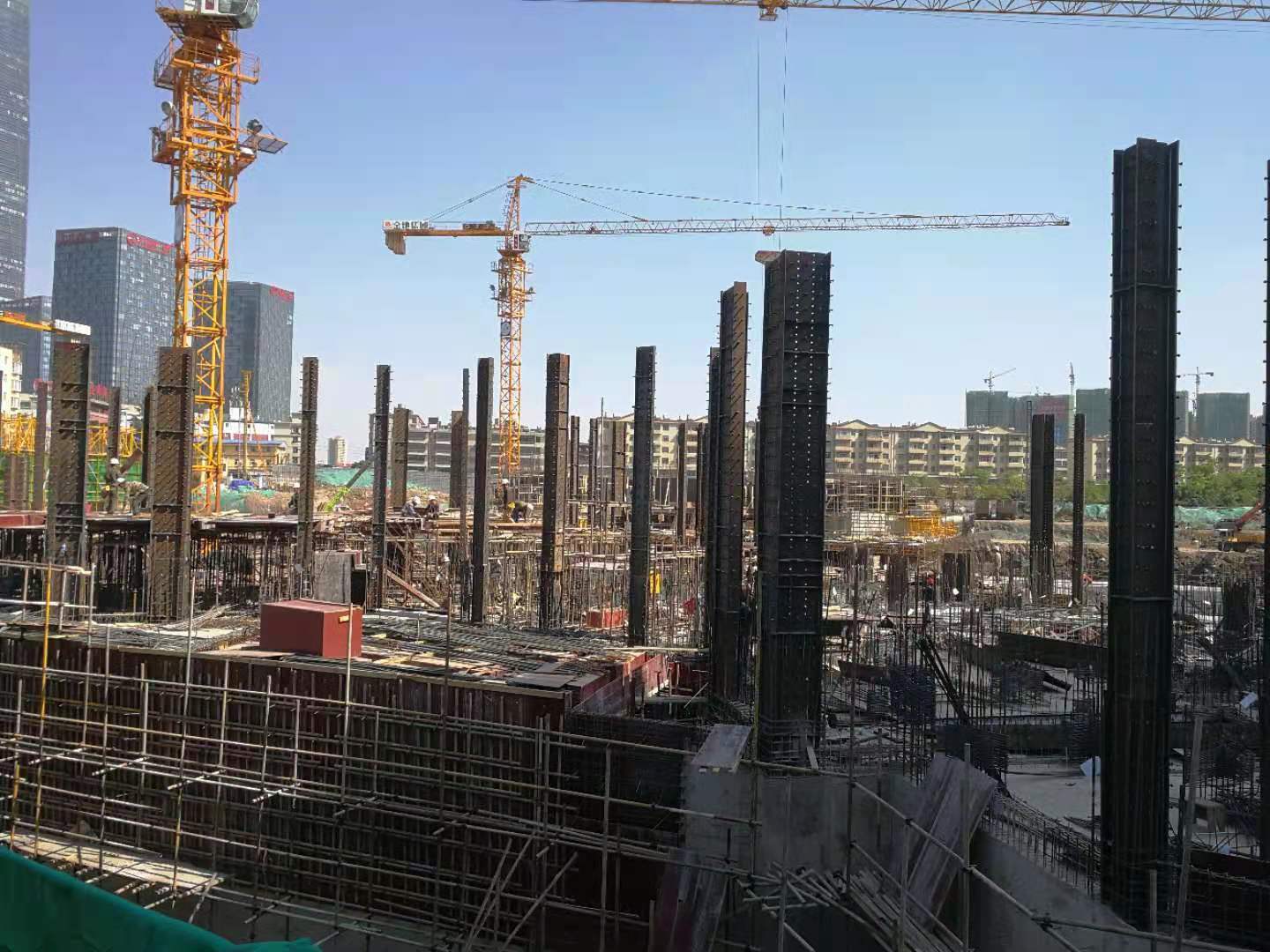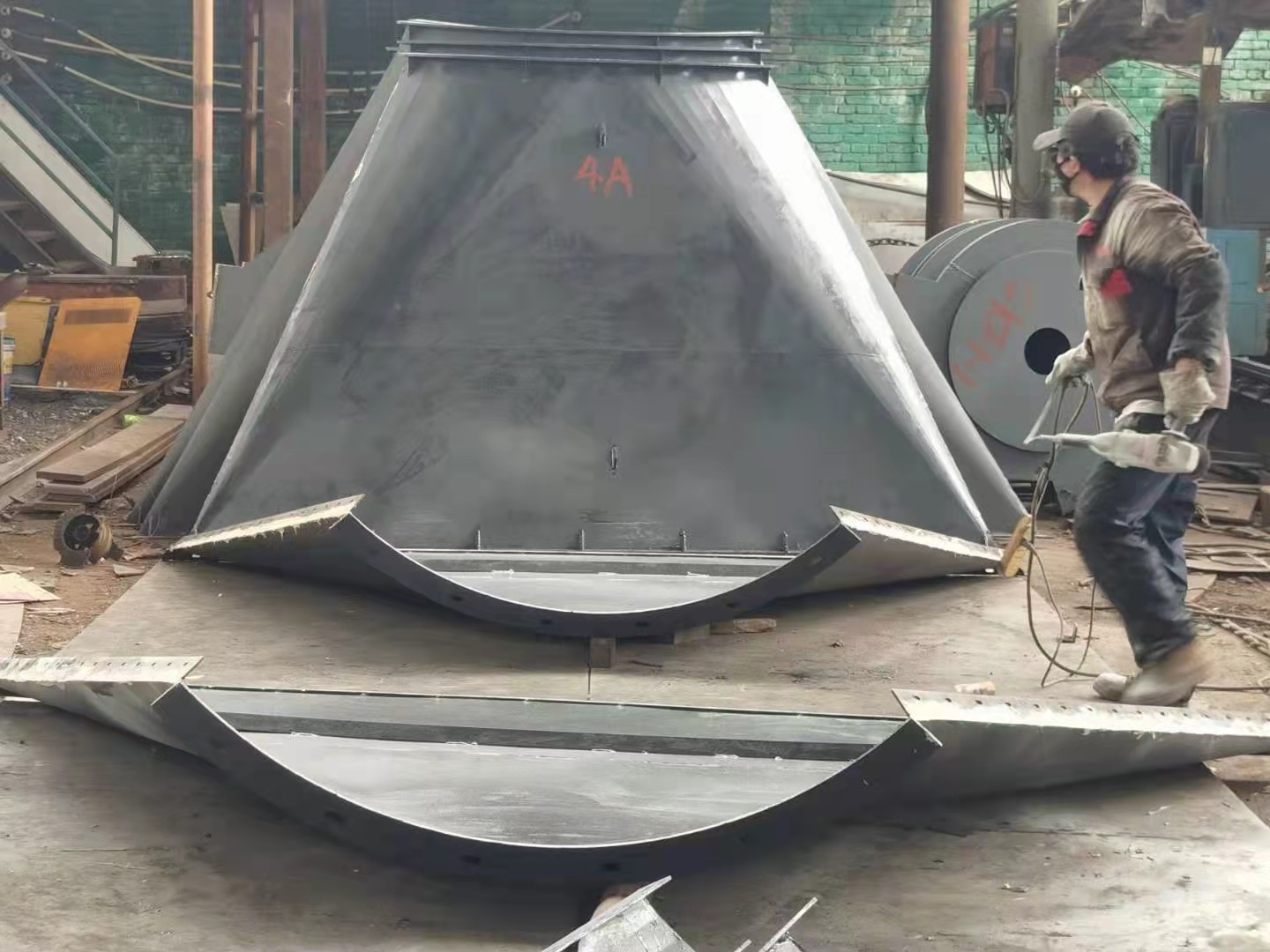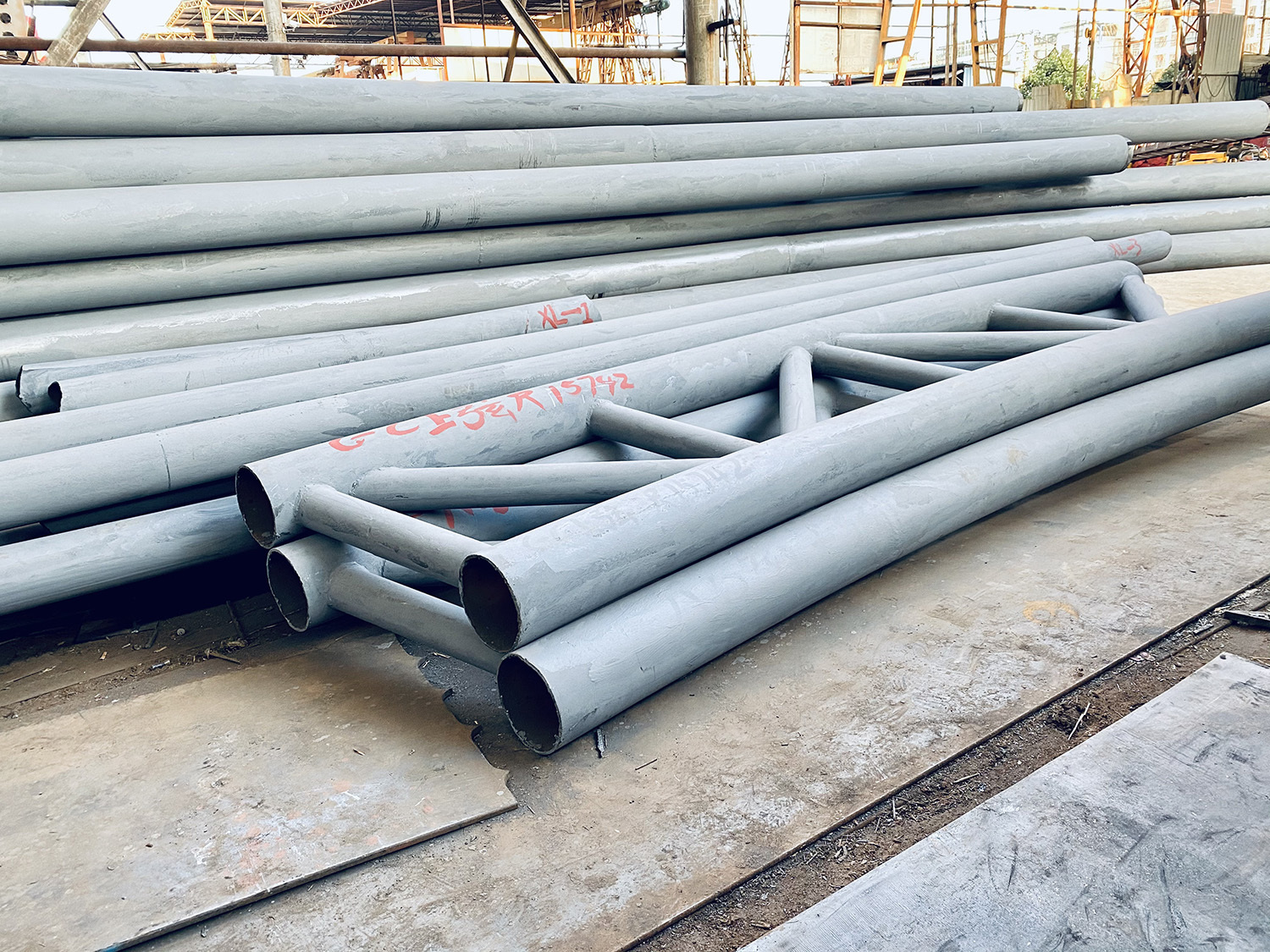2024-12-23
Design and Application of Square and Round Ventilation Ducts
Round to square transition ducts are widely used in ventilation systems. Their unique shape allows for a smooth transition between round and square ducts. 1. Design Principle The design principle of round to square transition ducts is mainly based on the theories of aerodynamics and fluid mechanics. In ventilation systems, round ducts have better airflow performance and lower resistance, while square ducts are easier to install and maintain. The round to square transition duct cleverly combines round and square ducts, retaining the airflow advantages of round ducts while facilitating connection with square ducts. 2. Advantages Reduced Airflow Resistance: The rounded design reduces airflow resistance and improves air transmission efficiency. Compared to square ducts, the rounded design allows for smoother airflow, thus improving the performance of the ventilation system. Reduced Dust Accumulation and Fire Risk: The rounded design reduces corners inside the duct, reducing the possibility of dust accumulation and thus the potential risk of fire. This is particularly important for ventilation systems requiring high safety. Reduced Noise Pollution: The rounded design reduces airflow noise and vibration inside the duct, improving comfort. Easy to manufacture
2024-12-12
Yunnan Steel Structure Processing: Exquisite Craftsmanship and High-Efficiency Production
In today's rapidly developing construction industry, steel structure, as a lightweight, high-strength material with superior seismic performance, has been widely used in various building structures. Yunnan steel structure processing, as an important part of steel structure projects, its technological level and production efficiency directly affect the quality, progress and cost of the entire project. 1. Key Links in Steel Structure Processing Yunnan steel structure processing mainly includes several links such as raw material preparation, drawing deepening design, cutting and blanking, forming processing, welding assembly, surface treatment and quality inspection. The preparation of raw materials needs to ensure that the material and specifications of steel meet the design requirements; the deepening design of drawings is to transform the construction drawings of the design institute into processing drawings, clarifying the size, shape and connection method of each component; cutting and blanking use high-precision CNC cutting equipment to ensure the accuracy of component dimensions; forming processing includes bending, rolling, pressing and other processes to make the components reach the designed shape; welding assembly is to connect various components into a whole through welding and other methods; surface treatment includes sandblasting derusting, anti-corrosion coating, etc., to improve the durability and aesthetics of steel structure; the quality inspection link conducts a comprehensive inspection of the completed steel structure to ensure that the product quality meets the relevant standards and design requirements.
2024-12-02
Yunnan membrane structures: a lightweight, environmentally friendly and multifunctional new choice for buildings
Yunnan membrane structures, as a novel architectural design and construction method, have been widely applied and promoted in recent years. This building interior and exterior decorative structure, mainly composed of membrane materials, plays an important role in various construction projects such as stadiums, exhibition centers, squares, and parking sheds due to its lightweight, translucent, soft, and highly plastic properties. The widespread application of Yunnan membrane structures benefits from their lightweight nature. Membrane materials usually adopt high-strength and lightweight films, making the entire structure very light and significantly reducing the foundation load. This feature allows membrane structure buildings to use ordinary foundations, reducing construction costs and improving construction efficiency. The cost of membrane structures is relatively low. Membrane materials are easy to process and inexpensive, and the simple structure makes the overall cost of membrane structure buildings relatively low. This is undoubtedly an ideal choice for construction projects with limited funds but pursuing unique design effects. High light transmittance is also a major advantage of membrane structures. Membrane materials have good light transmittance, can effectively use natural light, and reduce lighting energy consumption. In areas like Yunnan with abundant sunshine, membrane structure buildings can fully utilize natural light to provide bright and comfortable lighting conditions for the indoor environment. At the same time, membrane materials can also scatter sunlight.
2024-11-22
Yunnan's steel structure processing combines superb craftsmanship with rigorous quality.
Steel structures, as an indispensable part of modern architecture, are both a technology and an art. From the selection of raw materials to the assembly of finished products, every link embodies the wisdom and sweat of engineers and workers. This article explores the entire process of steel structure processing in Yunnan, showcasing the combination of exquisite craftsmanship and strict quality. The first step in Yunnan steel structure processing is the selection of raw materials. High-quality steel is the foundation for creating strong and durable steel structures. When selecting steel, multiple factors such as strength, toughness, and corrosion resistance should be considered to ensure that the selected materials meet design requirements. At the same time, raw materials must also undergo strict inspection and testing to ensure that their quality and performance meet standards. Steel pretreatment. This step includes rust removal and anti-corrosion treatment, aiming to improve the durability and service life of the steel. Rust removal usually uses sandblasting or pickling methods to thoroughly remove oxides and dirt from the surface of the steel; anti-corrosion treatment uses hot-dip galvanizing, spray anti-corrosion paint, and other methods to effectively prevent steel from corrosion in harsh environments. Entering the processing stage, the production of steel structural components requires multiple steps such as cutting, forming, and welding. Cutting usually uses high-precision CNC cutting machines to ensure cutting accuracy and efficiency; forming usually uses...
2024-11-12
The manufacturing process of non-standard parts
异形件加工是制造业中一个重要的分支,涉及到对各种形状复杂、不规则的零件进行精确加工。这类零件广泛应用于航空航天、汽车制造、机械设备、电子产品等多个领域,对加工精度、表面质量和材料性能有着极高的要求。本文介绍异形件加工的技术特点、工艺流程以及关键要素。 一、异形件加工的技术特点 异形件的特点就是形状复杂、不规则,这使得加工过程中需要面对更多的挑战。例如,由于形状的不规则性,加工时需要频繁更换刀具和调整加工参数,以保证加工精度和表面质量。此外,异形件的材料也可能因应用领域的不同而有所差异,包括金属、塑料、橡胶等多种类型,这进一步增加了加工的复杂性。 二、异形件加工的工艺流程 异形件的加工工艺流程通常包括以下几个步骤: 图纸设计:根据产品要求,进行详细的图纸设计,明确零件的形状、尺寸、材料以及加工精度等要求。 工艺规划:根据图纸要求,制定详细的加工工艺规划,包括选择合适的加工设备
2024-11-04
Methods and characteristics of processing non-standard parts
Irregular part machining is a crucial aspect of manufacturing, encompassing the production of various complex, non-standard components. With the continuous advancement of industrial technologies, irregular part machining techniques are constantly innovating and improving to meet the demands of diverse industries for irregularly shaped parts. I. Definition and Characteristics of Irregular Part Machining Irregular part machining refers to the process of manufacturing components with complex and non-standard shapes. These parts typically have unique shape, size, and precision requirements, thus posing considerable machining difficulties. The main characteristics of irregular part machining include: complex shapes, high machining precision, diverse materials, and flexible processes. II. Main Methods of Irregular Part Machining Numerical Control (NC) Machining: NC machining is one of the primary methods for irregular part machining. Through NC machine tools, high-precision machining of complex shaped parts can be achieved. NC machining boasts advantages such as high processing efficiency, high precision, and good flexibility, making it especially suitable for small-batch, multi-variety irregular part machining. 3D Printing: 3D printing technology is an emerging method for irregular part machining. By accumulating materials layer by layer, it can produce parts with complex shapes. 3D printing technology offers advantages such as fast processing speed, high material utilization rate, and no need for molds; however, it may currently not fully match traditional methods in terms of mechanical properties.


